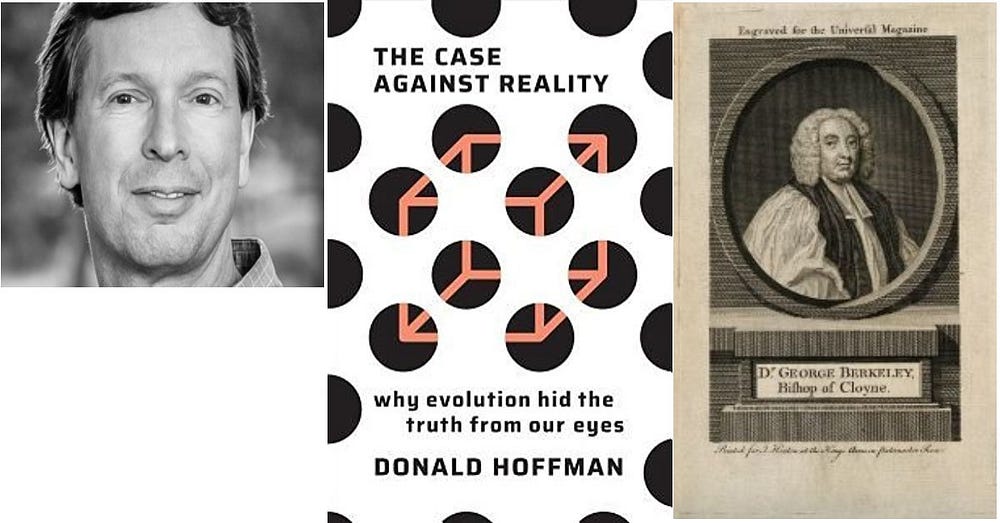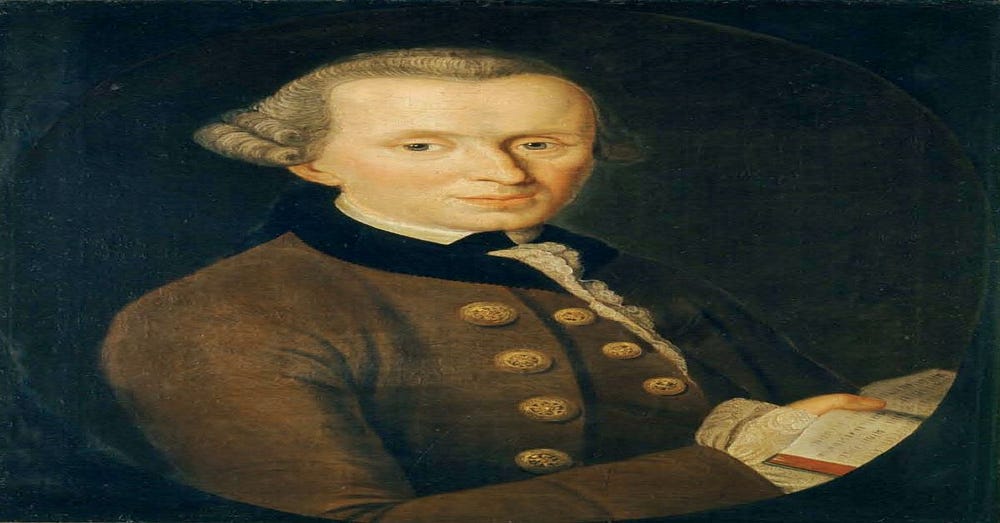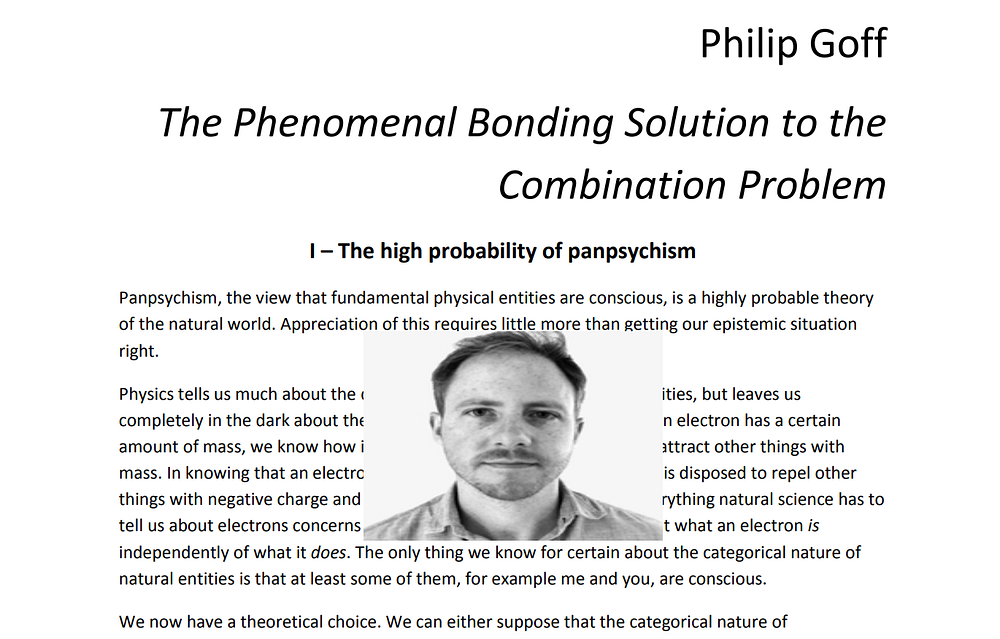Frank Jackson also wrote that qualia “do nothing, they explain nothing, they serve merely to soothe the intuitions of dualists and it is left a total mystery how they fit into the world view of science”.

excrescence: noun (1) an abnormal outgrowth, usually harmless, on an animal or vegetable body. (2) a normal outgrowth, as hair or horns. (3) any disfiguring addition. (4) abnormal growth or increase.
[Mary and the knowledge argument won’t be considered in this essay.]
****************************
The following passage (from the paper ‘Epiphenomenal Qualia’) is American philosopher Frank Jackson’s very-strong position against qualia:
“All right, there is no knockdown refutation of the existence of epiphenomenal qualia. But the fact remains that they are an excrescence. They do nothing, they explain nothing, they serve merely to soothe the intuitions of dualists, and it is left a total mystery how they fit into the world view of science. In short we do not and cannot understand the how and why of them.’”
… But hang on a minute!
The passage above is actually Frank Jackson expressing what he believed a “qualia sceptic” would say. (The passage above begins with these words: “There is a very understandable response to the three replies I have just made.”)
So some readers may see it as a bad idea to quote a defender of qualia putting the case against qualia.
The words “defender of qualia” have just been used even though Jackson later came to reject his (former) case against physicalism. The following passage shows us why Jackson changed his position on physicalism (if not, strictly speaking, specifically on qualia):
“Most contemporary philosophers given a choice between going with science and going with intuitions, go with science. Although I once dissented from the majority, I have capitulated and now see the interesting issue as being where the arguments from the intuitions against physicalism — the arguments that seem so compelling — go wrong.”
So it’s now worth asking if, after his about-turn, Jackson would have put his new position against qualia in the same — or in a similar — way to the way he expressed it when he put it in the mouth of a fictional qualia sceptic.
In any case, Jackson’s words are suspect in a number of ways. That said, perhaps they are so primarily (or simply) because they’re meant to be purely rhetorical in nature. After all, Jackson was putting his (at the time) opponent’s position in (presumably) as strong terms as possible.
To sum up five (among others) problems with the words of Jackson’s fictional qualia sceptic:
(1) Even if qualia are an “excrescence”, that doesn’t automatically mean that they don’t exist.
(2) Some philosophers argue that qualia do some things.
(3) Some philosophers argue that qualia explain some things.
(4) Not all the people who accept the existence (or reality) of qualia are what Jackson called “dualists”.
(5) Not “fitting into the world view of science” isn’t the same as clashing with — or contradicting — science.
(1) Do Qualia Exist?
“All right, there is no knockdown refutation of the existence of epiphenomenal qualia. But the fact remains that they are an excrescence.”
The first thing which needs to be said is that even if qualia are an “excrescence”, then that doesn’t automatically mean that they don’t exist (or have any reality). Moreover, even if qualia “do nothing” and “explain nothing”, then they may still exist (or have some kind of reality).
The English philosopher Roger Scruton (1944–2020) hinted at all this in his book On Human Nature (2017). Scruton claimed that the critical philosophical accounts of qualia didn’t actually disprove the existence of qualia altogether — even though he did find qualia problematic.
Yet surely all this hinges on which definitions — or features — of qualia are actually being offered or tackled. That said, Scruton still summed up his own problem by quoting a well-known passage from Wittgenstein:
“Whereof one cannot speak, thereof one must be silent.”
Indeed Wittgenstein’s words above perfectly express Daniel Dennett’s position, which we’ll come to in a moment.
Of course, if qualia fail in all the respects mentioned by Jackson’s qualia sceptic above (for now, let’s say that they do), then one can immediately ask how it is that they actually exist at all. More strongly, how can qualia be known to exist if they fail in all those respects?…
But, again, it depends on which account of qualia we have in mind.
Take the American philosopher Daniel Dennett.
Dennett does indeed deny the existence of qualia.
So when Dennett states that “qualia do not exist and are incompatible with neuroscience and naturalism”, we must find out what he takes qualia to be. And then it will soon be discovered that he’s actually against a very particular philosophical account of qualia. (All accounts of qualia are — to varying degrees — philosophical. )
The following is a list of the qualities and features which Dennett (questionably) claims qualiaphiles take to be definitive of qualia:
(1) qualia are ineffable
(2) qualia are intrinsic
(3) qualia are private
(4) qualia are directly or immediately apprehensible in consciousness.
And it’s precisely because Dennett is against a particular account of qualia, that even his own position — believe it or not (i.e., as a well-known qualia sceptic) — isn’t entirely clear.
For example, American philosopher Owen Flanagan wrote the following:
“Qualia are for real. Dennett himself says what they are before he starts quining. Sanely, he writes, “‘Qualia’ is an unfamiliar terms for something that could not be more familiar to each of us: the ways thing seem to us.’ [].”
That passage again simply raises the question: What does Dennett take qualia to be? Sure, we know what Dennett doesn’t take qualia to be, but what does he take them to be?
This may be the (or an) answer.
In ‘Are we explaining consciousness yet?’ (2001), Dennett argues that qualia are neural responses which are too fine-grained to be captured in any given natural language.
More broadly, then, it’s now widely accepted (at least among philosophers who’re interested in this issue) that the debate about qualia often hinges on the definition of the term “qualia”. More accurately, it strongly depends on what the various qualities and features of qualia are taken to be (e.g., as with Dennett’s own 4-point list).
In any case, most qualiaphiles (probably all) believe that there can never be a (to use Jackson’s words again) “knockdown refutation of the existence of epiphenomenal qualia”. And that’s simply because qualiaphiles (as it were) have (or claim to have) qualia. More accurately, most (or all) qualiaphiles believe that they have immediate and direct access to their own qualia (as in Dennett’s point 4). Indeed Jackson himself put this view in the following:
“As I say in the beginning of ‘Epiphenomenal Qualia’, we dualists don’t really need an argument to say that consciousness doesn’t fit into the physicalist world view. It’s just intuitively obvious.”
(This is similar to the argument which the English philosopher Philip Goff — along with David Chalmers before him — uses about consciousness generally; which, according to him, is a “datum in its own right”.)
Yet whatever it is qualiaphiles have access to, that doesn’t mean that what they have access to are qualia as they describe them. And neither does it mean that they can’t misdescribe qualia or believe that they have features or qualities which they don’t actually have.
In more abstract terms, even if our cognitive access to any given x is indeed immediate and direct (however we take those terms), the words and concepts we use about that x (alongside the statements we make about it) aren’t themselves immediate and direct. That is, all our words, concepts and even ways of description of x will be contingent and have social and psychological histories and aetiologies.
All that said, surely qualiaphiles — and all of us — do have direct and immediate access to some things they deem to be qualia. In other words, whatever we say about qualia (or however we describe them), then qualia may still be accessed immediately and directly… or will they?
(2) Do Qualia Do Things?
“They do nothing…”
When Frank Jackson claimed that qualia “do nothing”, he was expressing an epiphenomenalist position. But need one take such a position on qualia?
So, firstly, let’s run through four basic positions:
(1) If qualia are physical, then of course they can do things.
(2) Even if qualia aren’t physical, then they can still do things.
(3) If qualia don’t exist, then that which doesn’t exist can’t do anything.
(4) Qualia exist, aren’t physical and they don’t do anything (i.e., the epiphenomenalist position).
Jackson now believes that, say, the experience of blue is entirely instantiated in the brain. (The notion of an experience is surely wider than that of a single quale, such as one of the colour blue — if there even is such a thing.) This also means that such an experience will immediately cause other changes in the brain.
Paul Churchland also provides a physical and neuroscientific account of qualia. So he isn’t actually a qualia sceptic at all (see his ‘Knowing Qualia’). Yet Churchland’s account of qualia is one that most (perhaps all) qualiaphiles will be very unhappy with. So, here again, what Churchland takes qualia to be clashes violently with what qualiaphiles — and perhaps most people — take qualia to be.
(3) Do Qualia Explain Things?
“[T]hey explain nothing…”
Frank Jackson’s statement above depends on what, exactly, needs to be explained. It also depends on the strength (or lack thereof) of the explanations in which qualia feature. Conversely, it depends on why qualia sceptics believe that such explanations (or at least most of them) are effectively non-explanations.
Qualiaphiles argue that their having of qualia explains all sorts of things.
Pain is an obvious example. The having of a toothache will (if loosely) explain that a tooth is rooting away. Hearing the sound of a trumpet is a good explanation as to which instrument my neighbour has now taken up…
But are these really examples of qualia?
Basically these and other examples won’t work as explanations unless the qualiaphile tells us exactly what he takes qualia to be. And qualia sceptics don’t accept what qualia are taken to be. That is, they don’t deny the having of pains or the hearings of musical instruments. What they do deny is that these things are explained by philosophical qualia.
(4) Must All Those Who Accept Qualia Be Dualists?
“[T]hey serve merely to soothe the intuitions of dualists…”
This statement is an obvious ad hominen. Yet, of course, it’s Frank Jackson’s fictional physicalist (or qualia sceptic) who’s talking. That said, Daniel Dennett (again) said more or less the same thing (if about consciousness, not, strictly speaking, about qualia) when he wrote the following:
“To many people consciousness is ‘real magic’. If you’re not talking about something that is supercalifragilisticexpialidocious, then you’re not talking about consciousness, the Mystery Beyond All Understanding.”
As it is, there’s no strong reason to be against ad hominins when they’re placed (as the cliche has it) within context. That is, if an article, paper or even a single paragraph were made up entirely of ad homs, then that wouldn’t be worth reading — at least not from a philosophical point of view. Yet there’s no reason why every single sentence in a philosophical paper or essay need be an argument or even be particularly philosophical. What’s more, one can sometimes — and in some ways — get a grip of arguments and philosophical positions with the help of ad homs and psychologisations — as historians, biographers, novelists, dramatists, etc. are well aware.
But what of the “intuitions of dualists”?
Even if qualiaphiles’ intuitions are being “soothed” by qualia, then they may still offer good arguments to back up their qualiaphilia. Indeed who’s to say that all qualiaphiles are (psychologically) soothed by qualia in the first place? Perhaps they simply believe that they exist - full stop.
Philosophically, however, Jackson’s (as it were) accusation of dualism is surely correct. That is, if a qualiaphile takes qualia to be non-physical, then he must be a dualist. More accurately, if a qualiaphile believes that qualia do things at the very same time as their being non-physical, then he must be a dualist.
Qualia and Science
“[I]t is left a total mystery how they fit into the world view of science.”
Qualiaphiles — and others! — may ask if science has a single “world view”.
More relevantly, they may ask if science has a single — or indeed any — world view on the subject of qualia at all.
That said, Frank Jackson’s qualia sceptic might have meant that it’s the world view of science-as-a-whole that qualiaphiles need to (as it were) accommodate — i.e., regardless of whether or not Science-with-a-capital-‘S’ has (or doesn’t have) a position on qualia.
Moreover, even if science does have a world view, then that world view may change. Indeed it must have already changed through the centuries. In other words, surely the world view of science (if it exists at all) can’t be determinate and fixed. More relevantly, that world view may come to accept qualia. Alternatively, it may come to completely reject qualia. (Of course this last possibility jars with the earlier question about science having a single world view.)
In any case, all this is complicated by fact that the scientists who do concern themselves with qualia have three (main) mutually-contradictory positions on them:
(1) Qualia exist and can be given a scientific description.
(2) Qualia exist but can’t be given a scientific description.
(3) Qualia don’t exist in the first place.













